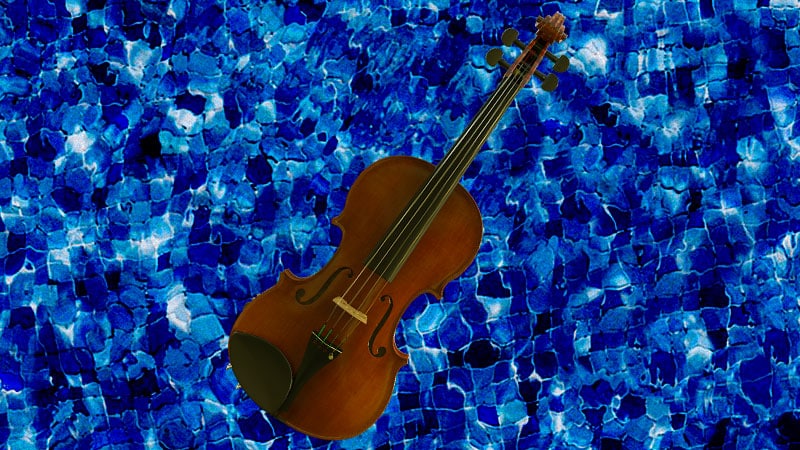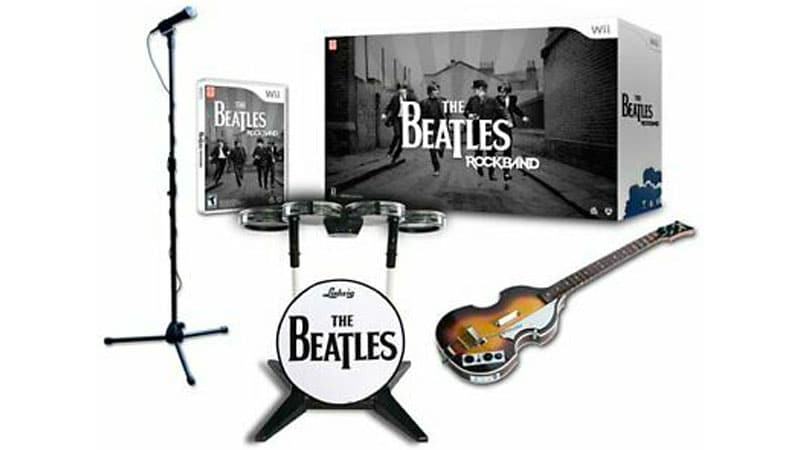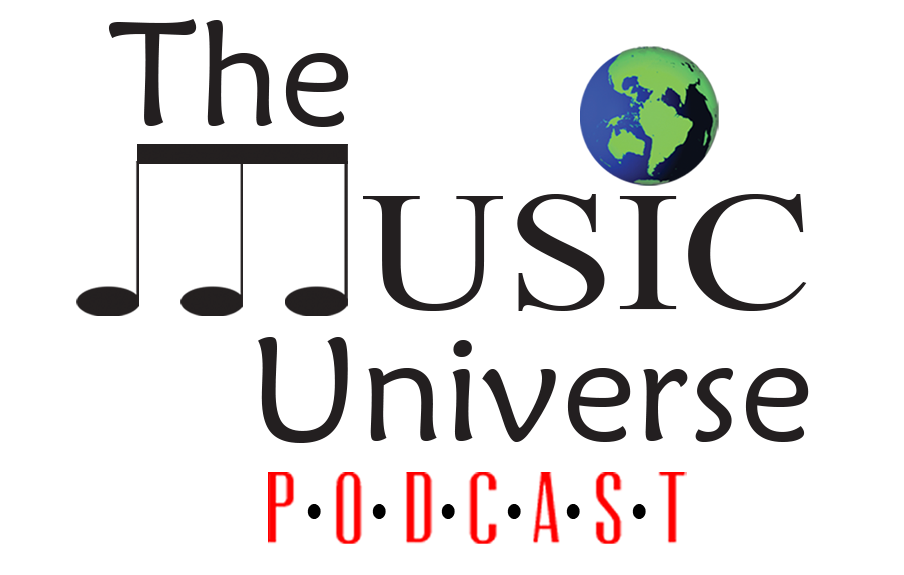Music is an incredible form of expression that has been with us since the dawn of time. Its influence can be seen in almost every aspect of life, so it follows that art & design are also heavily impacted by this powerful source of creativity.
This blog explores the incredibly close relationship between music and visual arts – from musicians influencing artwork to visually depicting music – and how their combined power strengthens our understanding of both mediums.
We’ll look at how we can apply musical concepts to visual works, as well as exploring new ways for artists and designers to channel their inspiration into visually stunning creations.
Above all, this article will highlight just how big a role music plays in driving creativity within the world of art and design!
1. The Influence of Music on Art and Design
Music has been a source of creative inspiration for centuries, influencing the work of some of the world’s most renowned artists and designers. Whether it’s architecture, fashion or any other type of visual art, music can often be found lurking in the background.
The intricate patterns and subtle nuances unique to certain styles or genres have allowed them to serve as powerful sources of suggestion for those partaking in creative pursuits.
For example, when we consider the connections between modern urban art and hip hop culture, there is almost always an underlying musical current that lends itself to certain design ideas and aesthetic principles.
2. Exploring the Relationship between Musical Scores and Graphic Design
Graphic design and musical scores can combine to create experiences that are both memorable and magical. Take, for example, the John Williams movie scores which use a combination of instruments and graphics in order to convey specific emotions. Here’s how you can explore the relationship between music and graphic design:
First, consider what type of mood or emotion each piece of design is attempting to evoke within its audience. Match these tones with an appropriate choice of key signatures from various traditional musics such as classical, jazz or folk tunes.
To build on this idea further, add digital instruments such like those used in EDM genres – try using mixes of different tempos for more dynamic effects!
For a really creative take on this concept, adjust elements in your score depending on components within the design. Letting color schemes inspire rhythms or structure changes will result in some really interesting results.
Lastly it’s essential that you have a storyline built into your music-graphic mix; without motive everything else becomes aimless meandering. So ask yourself ‘what am I trying to say here?’, then craft something tangible around it by picking out core ideas with corresponding musical motifs, before finally constructing it into something beautiful.
To get inspiration, you might also consider looking at contemporary abstract paintings for sale by shopping on Singulart.com to create your own take on modern artwork and intertwine it with your musical score.
3. Music as a Source of Creative Inspiration
Anyone interested in experimenting with music and art will find many creative avenues to explore. Whether it is through listening to new sounds that trigger ideas or taking existing audio clips and manipulating them into entirely new compositions; the possibilities are endless.
Many artists prefer to create something indirectly influenced by music-related concepts such as tempo, verse structure or even lyrics; while others will try and replicate exactly what they hear – either way there is no right or wrong approach – just plenty room for both discoveries and mistakes when setting out on such an endeavor!
Relatable lyrics are also a strong source of inspiration. If an artist is experiencing a particular situation, and they listen to music that reflects this in its content, it can be a great way to channel creative output and interpret feelings into something tangible.
Imagine for example writing a song about heartbreak and featuring it as part of an art installation – this could be achieved after taking the time to reflect upon one’s own emotions in conjunction with listening to similarly themed music.
4. Applying Musical Concepts to Visual Arts
When it comes to music, there are certain concepts and ideas that can be applied to the visual arts. From rhythm and melody, to harmony and repetitions – these creative elements can translate into powerful influences in art and design.
For example, color palettes with particular rhythms or repeats can evoke a feeling of musicality when viewed. Likewise, musical notes or chords interpreted into a visual format can inspire innovative designs or graphic layouts.
If we consider harmonic combinations within artwork, combining bright colors with contrasting shades is a great way to mimic the sounds of melodic progression – creating vibrant works and beautiful visuals for viewers to appreciate.
Furthermore, textures created using different layers also carry subtle similarities towards music composition as individual components work together for an effective outcome overall.
5. The Impact of Music on Visual Arts and Design
Music has a profound effect on art and design. It can be used to set the emotional tone of a piece, inspire creative solutions, or even provide an accessible way for others to view visual arts in a new light. For example, when music is paired with an artwork, it creates resonance between image and sound that stimulates our brains in unexpected ways.
If we consider dance performances as an expressive form of visual art – musicality has the power to communicate complex stories that would otherwise not be told through movement alone.
Similarly, musical soundtracks woven into interactive designs add texture to visual media and elevate user interaction experiences to completely new levels – allowing users to explore their imagination in innovative ways.
Music therefore allows creators unique opportunities for emotionally engaging readership through its ability to influence both imagery and interactive technology simultaneously.




